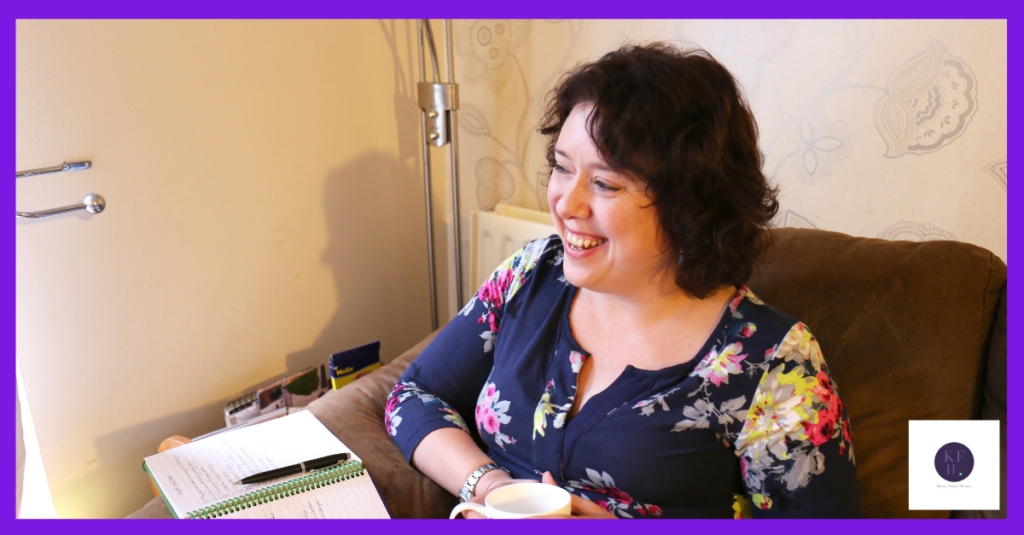
I’ve talked about sharing your story in your marketing so many times, yet there’s one story that I’ve always held back. As I write this, I’m still wondering whether it will end up out in the world for you to read. The only reason I’m even considering it is because I know I can’t be the only one who’s had the same experience. I’ve been bullied more than once during my life. It would be easy to focus on the negative beliefs that come from that (and on a bad day, I definitely do). The years have given me perspective, so I’ve decided it’s time to tell my bullying story in case it helps you too.
The school bullies
I reckon most people must have their own version of this story. I went to a tiny primary school followed by a bigger middle school. The bullies singled me out as I was a clumsy bookworm. Not just a swot but too poorly co-ordinated to be good at either gymnastics or dancing. As far as my peers were concerned, I was utterly useless. I longed for anonymity. Thankfully senior school was better; there were more people like me and became invisible to the bullies. It was the first time I learned the importance of finding your people and I still use it today.
Bullying at work
I didn’t go to university straight from school, but took some time out, did other courses and ended up in the job from hell. I worked as an admin assistant (aka lowest of the low), with colleagues who didn’t like people with A-levels. There were times when my supervisor told me there wasn’t anything for me to do, but in the next breath would go and complain to the boss that I wasn’t pulling my weight. Anything that came out of my mouth was treated as an opportunity for a sarcastic comment or outright sneer. On the plus side, it made me realise that I did want to go to uni.
How it holds me back
Those days are gone, but some of the scars remain. When you’ve been treated as if you don’t belong you start to believe it. You think your feelings don’t matter and you don’t have the right to be considered. It’s easy to adopt a mindset where you don’t try new things or talk to new people because then you can’t be rejected. Yet I find myself here, with a business that depends on me promoting it. I fight the instinct to ‘not be a nuisance’ every time I market my business. It makes me wonder whether I’d do more if I didn’t feel this way.
What it’s taught me
I don’t know what my life would have been like if the bullying hadn’t happened. There are some positives; I’m aware of the mind monkeys that hold me back. Silencing the chatter has become a skill, although not an infallible one. I’m selective in who I trust so I’ve learned to listen. There have been people in my life that others regarded as a ‘good bloke’, when they were anything but. I’ve learned to observe and work out who they really are. That comes in handy when I’m writing for clients and being their voice. In that respect, it could be a gift.
Sharing stories like this one help your future clients to see you as a human being, not just a business. It doesn’t have to be as personal as this. If I can help you find the right story to use in your marketing, let’s have a chat.








